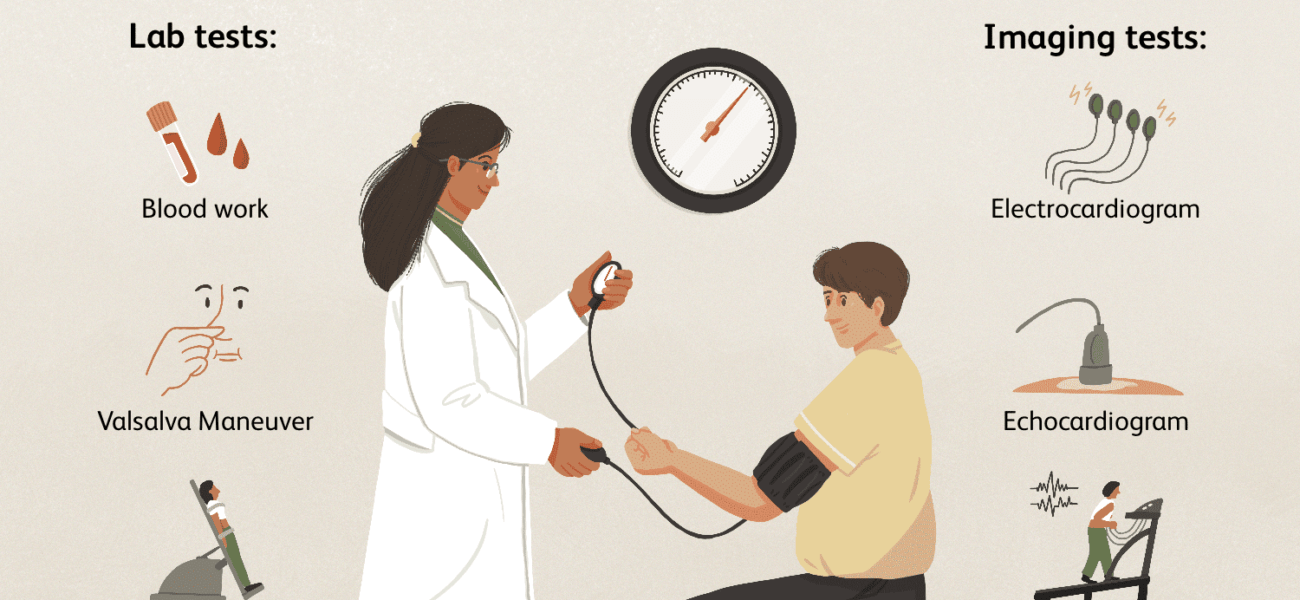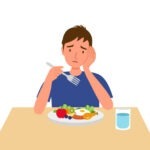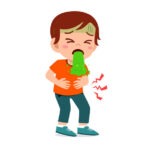Low blood pressure, also referred to as hypotension, is a condition in which your artery blood pressure is lower than usual. Blood pressure is the force exerted by blood on the walls of your blood arteries when your heart circulates blood throughout your body. It is measured in millimeters of mercury (mm Hg) and expressed as two numbers: the systolic pressure (the top number) and the diastolic pressure (the bottom number). For example, a normal blood pressure reading is around 120/80 mm Hg.
A value of less than 90/60 mm Hg is considered low blood pressure. However, some people may have low blood pressure without any symptoms or problems, especially if they are fit and healthy or have inherited it from their parents. Low blood pressure can also be a sign of good health in some situations, such as pregnancy or endurance training.
However, low blood pressure can sometimes cause symptoms such as dizziness, fainting, nausea, blurred vision, weakness, confusion, or fatigue. These symptoms can occur when the blood pressure drops suddenly or is too low to deliver enough oxygen and nutrients to your vital organs. This can happen due to various causes, such as dehydration, blood loss, heart problems, infections, hormonal disorders, medications, or nervous system disorders.
Low blood pressure can also increase the risk of falls and injuries, especially in older adults. Therefore, it is important to seek medical attention if you experience symptoms of low blood pressure or if your blood pressure drops below your normal range.
In this blog post, we will discuss the causes, symptoms, and treatment of low blood pressure in more detail. We will also provide some tips on how to prevent or manage low blood pressure.
Causes of Low Blood Pressure
There are many possible causes of low blood pressure, depending on the type and severity of hypotension. Some of the common causes are:
• Orthostatic hypotension: This is a sudden drop in blood pressure that occurs when you stand up from a sitting or lying position. It can be caused by dehydration, prolonged bed rest, pregnancy, aging, diabetes, heart failure, Parkinson’s disease, or certain medications. It can also be triggered by heat exposure, alcohol consumption, or large meals. Orthostatic hypotension can make you feel dizzy or lightheaded when you change positions. You may also feel nauseous or faint if the drop in blood pressure is severe.
• Postprandial hypotension: This is a drop in blood pressure that occurs after eating a meal. It can be caused by aging, diabetes, or Parkinson’s disease. It can also be triggered by high-carbohydrate foods or alcohol consumption. Postprandial hypotension can make you feel dizzy or lightheaded after eating. You may also feel tired or sleepy if the drop in blood pressure is significant.
• Neurally mediated hypotension: This is a drop-in blood pressure that occurs due to a miscommunication between the brain and the heart. It can be caused by emotional stress, pain, fear, or prolonged standing. It can also be triggered by dehydration or heat exposure. Neurally mediated hypotension can make you feel dizzy or lightheaded when you are stressed or standing for a long time. You may also faint if the drop in blood pressure is extreme.
• Severe hypotension: This is a life-threatening drop in blood pressure that occurs due to shock. Shock is a condition where the blood flow to your vital organs is severely reduced due to severe bleeding, infection, allergic reaction, heart attack, or trauma. Severe hypotension can make you feel weak, cold, and clammy. You may also have rapid breathing, chest pain, and confusion if the drop in blood pressure is critical.
Symptoms of Low Blood Pressure
The symptoms of low blood pressure vary depending on the cause and severity of hypotension. Some of the common symptoms are:
• Dizziness or lightheadedness: This is a feeling of unsteadiness or spinning that may make you lose your balance or fall.
• Fainting: This is a brief loss of consciousness caused by inadequate blood supply to the brain.
• Nausea: This is a feeling of sickness or discomfort in your stomach that may make you vomit.
• Blurred vision: This is a loss of clarity or focus in your vision that may make you see double or fuzzy images.
• Weakness: This is a feeling of reduced strength or energy in your muscles that may make you feel tired or sluggish.
• Confusion: This is a feeling of disorientation or difficulty in thinking clearly that may affect your memory or judgment.
• Fatigue: This is a feeling of exhaustion or lack of motivation that may affect your physical or mental performance.
Some people may not have any symptoms of low blood pressure even if their blood pressure reading is lower than normal. However, this does not mean that they are healthy or do not need treatment. Low blood pressure can still affect their organ function and increase their risk of complications.
Diagnosis and Treatment of Low Blood Pressure
If you have symptoms of low blood pressure or if your blood pressure reading is lower than normal, you should seek medical attention for a diagnosis and treatment. Your doctor will ask you about your medical history, medications, lifestyle, and symptoms. They will also check your pulse, temperature, and breathing rate. They may also perform some tests to determine the cause and severity of your low blood pressure. Some of the tests are:
• Blood tests: These can help diagnose low blood sugar (hypoglycemia), high blood sugar (hyperglycemia or diabetes), or low red blood cell count (anemia), all of which can lower blood pressure.
• Electrocardiogram (ECG): This can help diagnose heart problems such as arrhythmias (irregular heartbeats), heart failure, or heart attack.
• Tilt table test: This can help diagnose orthostatic hypotension by measuring how your blood pressure changes when you change positions from lying to standing.
The treatment for low blood pressure depends on the cause and severity of hypotension. Some of the possible treatments are:
• Lifestyle changes: These include drinking more fluids to prevent dehydration; eating small and frequent meals to prevent postprandial hypotension; avoiding alcohol and caffeine; wearing compression stockings to improve circulation; and exercising regularly to strengthen your heart and muscles. These lifestyle changes can help prevent or manage mild cases of low blood pressure and improve your overall health and well-being.
• Medications: These include adjusting the dose or changing the type of medications that may lower your blood pressure; taking medications that can raise your blood pressure such as fludrocortisone (Florinef) or midodrine (ProAmatine); taking medications that can treat the underlying cause of low blood pressure such as antibiotics for infection or insulin for diabetes. These medications can help treat moderate to severe cases of low blood pressure and prevent complications such as organ damage.
• Emergency care: This includes receiving intravenous fluids (IV) to restore fluid volume; receiving oxygen therapy to improve oxygen delivery; receiving medications that can increase your heart rate and contractility such as dopamine (Intropin) or epinephrine (Adrenalin); receiving medications that can constrict your blood vessels such as norepinephrine (Levophed) or phenylephrine (Neo-Synephrine); receiving blood transfusion if you have severe bleeding. These emergency care measures can help save lives in cases of shock due to low blood pressure.
Conclusion
Low blood pressure is a condition where the blood pressure in your arteries is lower than normal. It can cause symptoms such as dizziness, fainting, nausea, blurred vision, weakness, confusion, or fatigue. It can also raise the possibility of falls and injury.
Low blood pressure can be caused by various factors such as dehydration, medications, heart problems, infections, or shock. It can be diagnosed by checking your blood pressure reading and performing some tests to determine the cause and severity of hypotension.
It can be treated by making lifestyle changes; taking medications, or receiving emergency care depending on the cause and severity of hypotension.
If you have symptoms of low blood pressure or if your blood pressure reading is lower than normal, you should see your doctor for a diagnosis and treatment.



